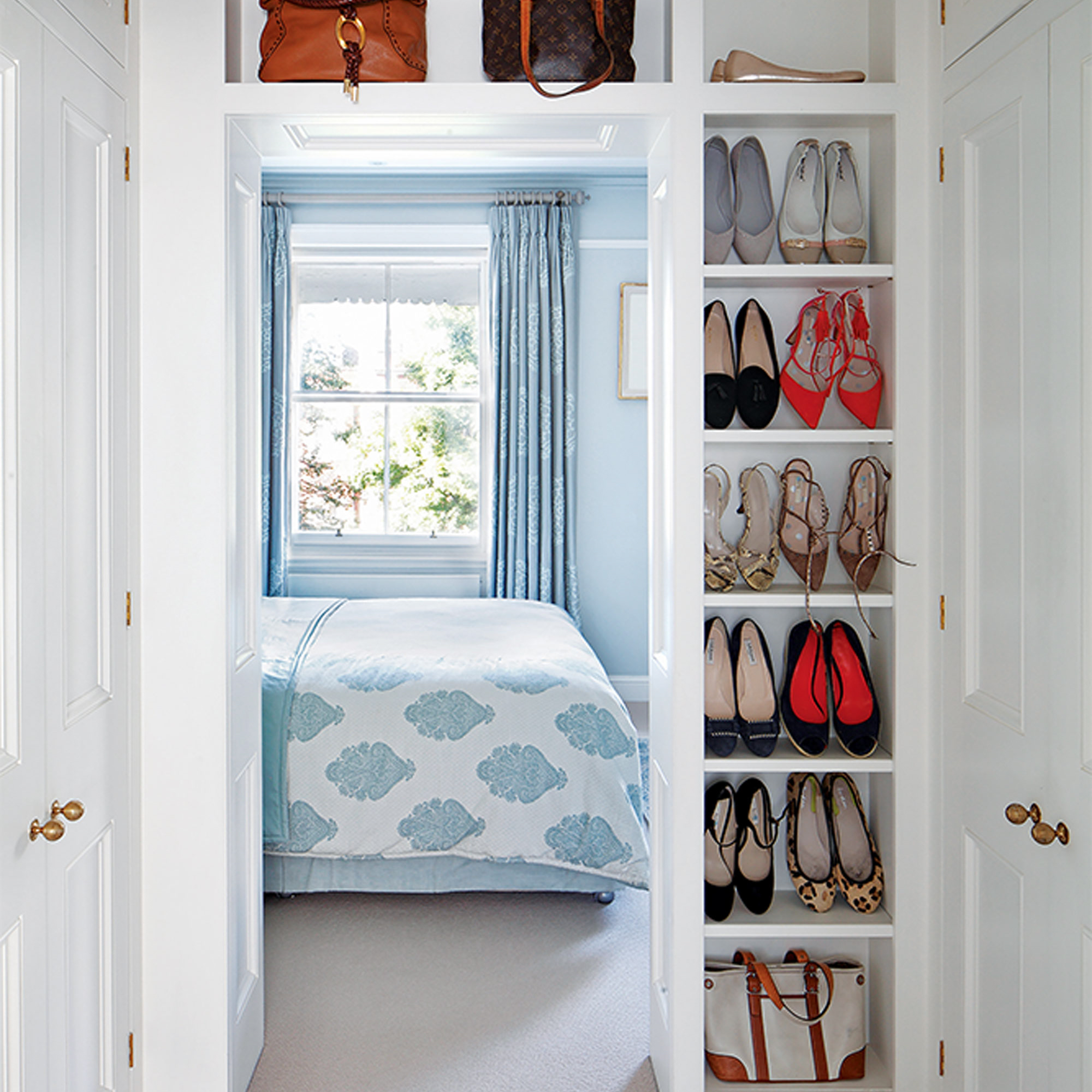Introduction
Bamboo weaving is an ancient art form that has been practiced in various parts of the world for centuries. It involves the use of bamboo strips to create intricate patterns and designs, often used in furniture, decorations, and utensils. In this article, we will explore the history and techniques behind bamboo weaving patterns.
History
Bamboo weaving has been practiced in various parts of the world for thousands of years. In China, it has been used to create baskets and other household items since the Han Dynasty (206 BC-220 AD). In Japan, bamboo weaving has been used for centuries to create tea utensils, baskets, and other everyday items. In Southeast Asia, bamboo weaving has been used to create musical instruments, fishing traps, and even housing structures.
Techniques
The techniques used in bamboo weaving vary depending on the region, but most involve the use of thin strips or slivers of bamboo. These strips are often soaked in water or heated to make them more pliable. The weaver then interlaces the strips to create various patterns and designs. Some common techniques include coiling, plaiting, twining, and looping.
Coiling
Coiling is a technique used to create circular or spiral patterns. It involves wrapping a long bamboo strip around a central point and then weaving additional strips around the coil to create a larger piece.
Plaiting
Plaiting is a technique used to create flat patterns, such as mats or screens. It involves weaving several strips of bamboo together in an over-under pattern.
Twining
Twining is a technique used to create a stronger, more durable weave. It involves weaving two or more bamboo strips together in a twisting motion.
Looping
Looping is a technique used to create a pattern with a repeating loop or circle. It involves weaving a long bamboo strip into a loop and then weaving additional strips around the loop to create a larger piece.
Applications of Bamboo Weaving Patterns
Bamboo weaving patterns have been used for a variety of purposes throughout history. They have been used to create baskets, brooms, hats, mats, screens, furniture, and even musical instruments. In Japan, bamboo weaving patterns are used to create traditional tea utensils, such as baskets and ladles. In China, bamboo weaving patterns are used to create household items, such as baskets, fans, and screens. In Southeast Asia, bamboo weaving patterns are used to create fishing traps, housing structures, and even clothing.



